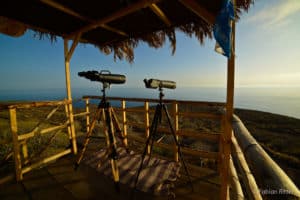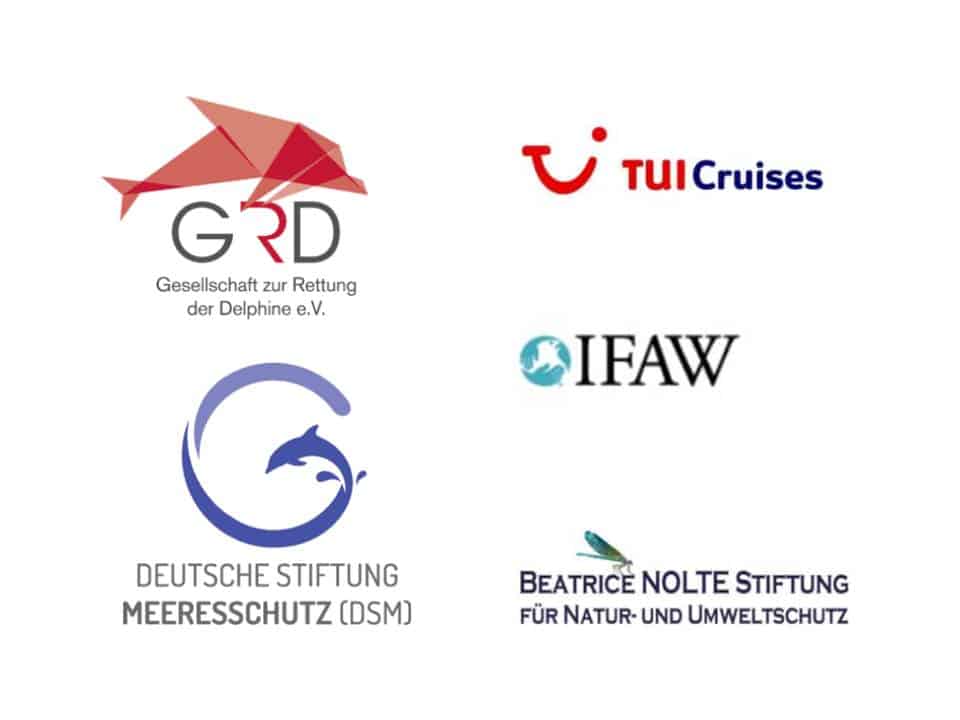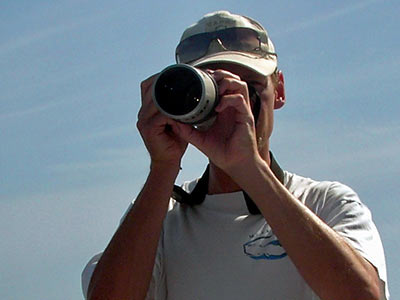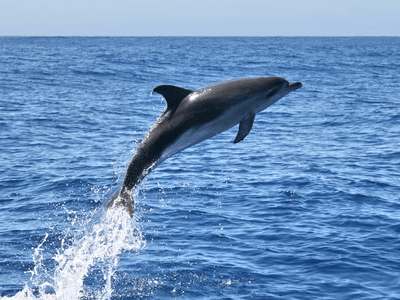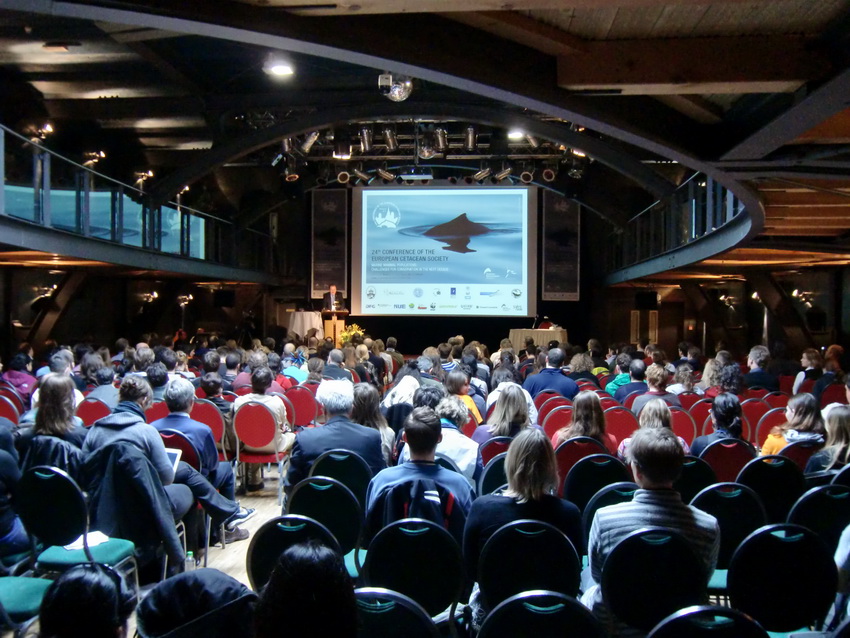Land-based observations of cetaceans
Observation from Gomera’s coast
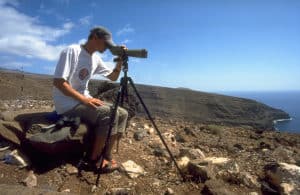 In 2002 MEER e.V. carried out land-based observations of cetaceans for the first time. Based on a feasibility study we could show that from elevated view points on the coast it is possible to…
In 2002 MEER e.V. carried out land-based observations of cetaceans for the first time. Based on a feasibility study we could show that from elevated view points on the coast it is possible to…
- generally observe and identify cetaceans
- document their interactions with boats
- guide whale watching boats to groups of cetaceans
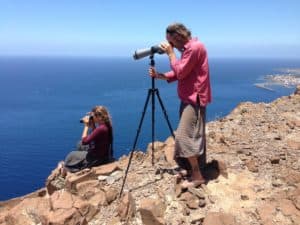 In 2005 we continued the project. We aimed to explore the possibilies: How suitable are the collected data from land-based observations, what sightings can be made and what behavioural data can be collected? The study resulted in a final thesis of a biologist student and you can find the results and summary here.
In 2005 we continued the project. We aimed to explore the possibilies: How suitable are the collected data from land-based observations, what sightings can be made and what behavioural data can be collected? The study resulted in a final thesis of a biologist student and you can find the results and summary here.



